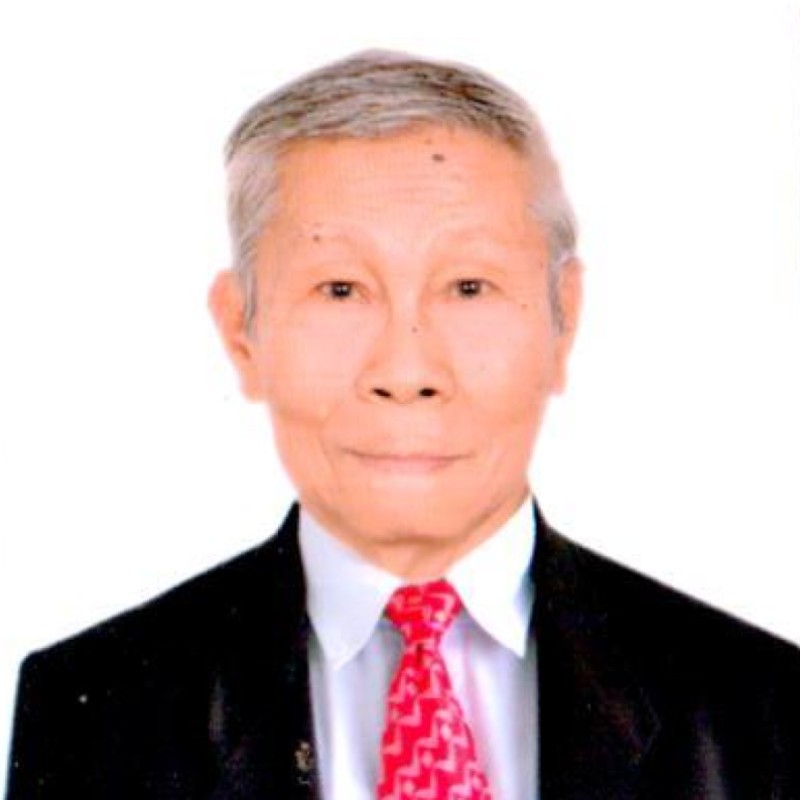GLIMPSES & GAZES
By Severino C. Samonte
The dizzying population growth of former Novaliches town
Share
During the early years of the American occupation of the Philippines until 1946, the town of Novaliches in Rizal province was abolished due to a drastically reduced number of inhabitants as a result of the two succeeding Spanish-Filipino (1896-1898) and Filipino-American (1899-1902) wars.
History shows that when the American rulers conducted the first official census in the country in March 1903, they found out that Novaliches had only 1,556 people. As a part of the then government's economic and austerity measures, they decided to abolish the town by reducing it to a barrio and incorporating it with its nearest neighbor Caloocan town.
That happened on Oct. 12, 1903 under the Philippine Commission Act No. 942 which reduced the 32 municipalities of Rizal to 15 by combining towns with smaller populations with their larger neighboring towns.
This was considered the beginning of the misfortunes of the historic Novaliches as a town. In 1948, it suffered another misfortune with its division between Quezon City and Caloocan, which became Metro Manila's fourth city in 1962.
Today, after a century and two decades (1903-2023), the divided Novaliches is teeming with over three million population distributed in its former barrios (now called barangays) shared by two neighboring cities in northern Metro Manila.
With the tremendous growth of the former town in terms of both population and economic status, the Vatican Authorities in 2002, through the request of then Manila Archbishop Jaime Cardinal L. Sin (RIP), decided to convert Novaliches into a diocese separate from those of Quezon City and Caloocan City.
Formally called the Roman Catholic Bishop of Novaliches (RCBN), it was one of the two dioceses established in the country at the beginning of the 21st century, along with the Diocese of Parañaque in 2002. The dioceses of Cubao, Pasig, and Caloocan followed in 2003.
According to the RCBN, the diocese of Novaliches was decreed by the Vatican to “encompass the whole area circumscribed in the present Civil Statute of the city known as Caloocan City-North and of a part of Quezon City that lies to the north of the road called Tandang Sora. Such a canonical jurisdiction was not defined arbitrarily. This was actually a by-product of the changes in the area the locality of Novaliches belongs to."
The diocese of Novaliches has grown significantly in the past 21 years since its establishment. Its once 50 parishes and seven vicariates in 2002 have become 73 parishes (with two Mission Areas) clustered into 12 vicariates in 2016 and into three ecclesiastical districts in 2019.
Meanwhile, if the constitutional provision on the creation of congressional districts nationwide is to prevail, the former second congressional district of Quezon City needs another reapportionment after the first one done a decade ago, or in 2012.
This is in view of the rapid population growth in Quezon City's northernmost portion represented by the former Novaliches town
The city's first-ever redistricting since 1987 happened during the administration of former President Benigno S. Aquino III (2010-2016) through Republic Act No. 10170 which gave birth to Districts 5 and 6 out of the originally very vast area of District 2.
During the Senate deliberation on the proposed law, then Senator Ferdinand R. Marcos Jr., chairman of the Senate Committee on Local Government, noted that the redistricting of Quezon City was very much overdue and should have been done as early as 1992.
Under the Transitory Provision of the 1987 Constitution ratified by Filipino voters on Feb. 2 of that year, Quezon City was composed of just four legislative districts. Of these, District 2, including Novaliches, was the biggest in terms of area, practically half of the entire city's territory.
The 1987 Constitution, in Article VI (Legislative Department), Section 5, Paragraphs 3 and 4, provides that: "Each city with a population of at least 250,000, or each province, shall have at least one representative. Within three years following the return of every census, the Congress shall make a reapportionment of legislative districts based on the standards provided in this section."
The 2012 reapportionment was done in time for the 2013 midterm elections. It only affected District 2 which was divided into three, giving birth to Districts 5 and 6. The city's three other districts (1, 3 and 4) were not changed as their population did not increase as fast as that of the Novaliches area.
Data from the Philippine Statistics Authority (PSA) show that as of May 1, 2020, QC's 1st District has a population of 326,625; 2nd District, 738,331; 3rd District, 288,310; 4th District, 359,525; 5th District, 596,047; and 6th District, 514,516.
The rapid increase in the population of the Novaliches area has been attributed to the development of almost all open spaces there into subdivisions, factories, shopping malls and other commercial uses in the past 70 years.
Comments
About the Columnist

He began his journalistic career by contributing to the Liwayway and Bulaklak magazines in the 1960’s. He was the night editor of the Philippine News Service when Martial Law was declared in September 1972. When the Philippine News Agency was organized in March 1973, he was named national news editor because of his news wire service experience.
He retired as executive news editor in 2003. He also served as executive editor of the Malacanang-based Presidential News Desk from 1993 to 1996 and from 2005 to 2008.
